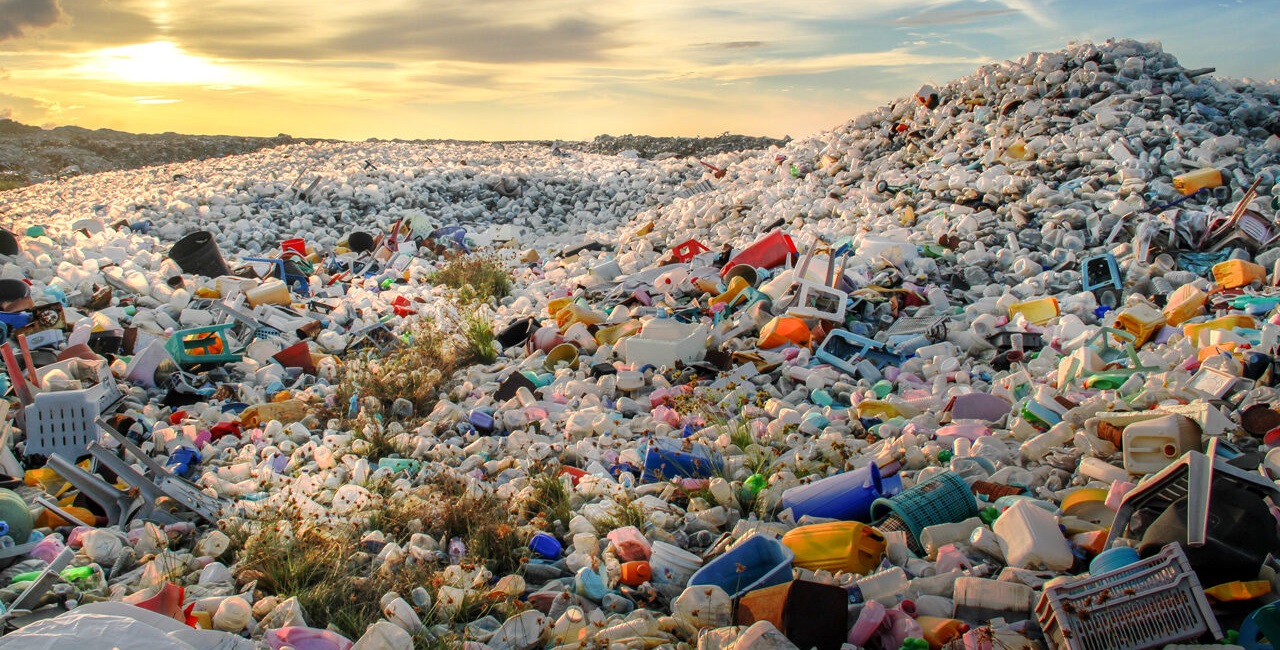Bahnishikha Chowdhury: Over the last six decades, global production and consumption of plastic have accelerated so rapidly that almost 8.3 billion metric tons of plastics have been produced globally and each year the number is increasing. Overconsuming of non-biodegradable plastic has led us to a major problem as most of the plastics end up as trash in landfills or oceans. If our lifestyle remains unchanged then there will be more plastics in oceans than fishes in 2050 and the situation of lands will only worsen.
Plastic is a versatile, lightweight, moisture-resistant, strong material comparing to other available materials on the market. These irresistible qualities have made plastic popular and resulting in increased mass production each year globally. It is evident that nowadays plastic is unavoidable but at the same time, these non-biodegradable and extremely durable plastic are destroying marine and coastal ecosystems even entering our food chain in microplastic form. Instead of throwing plastics in landfills and oceans, one promising alternative is to convert plastic in fuels.
Plastic is mainly composed of Carbon and Hydrogen, containing similar compounds of conventional fuels such as diesel. It is possible to convert plastics directly into useful forms of energy. Scientists at Columbia University found that if they were able to convert all non-recycled plastics to energy, they could power 5.7 million homes.
It is possible to convert all the non-recycled plastics directly into a useful form of energy, using a process called Pyrolysis. Pyrolysis is a method of heating at high temperatures in the absence or limited presence of oxygen. It is normally used to generate energy in the form of heat, electricity, or fuels.
In this process, at first plastic wastes are collected and sorted for recycling and non-recycling. By using the pyrolysis technique, these non-recycled plastics are heated and melt into a liquid state and then vaporized into a gas state. The gases are then further cooled and condensed into a variety of synthetic crude oil, synthetic diesel fuel, kerosene, and more. One company of the USA claims that its system can convert 50 tons of plastic waste into 26,000 gallons of oil—per day. If all the non-recycled plastics in the U.S. were able to be converted this way, they could create enough oil to fuel nine million cars for a whole year resulting in 70% less CO2 and less greenhouse gas emission.
Plastics also can be converted into gas fuel that can be used to produce electricity or turned into liquid fuels and even chemicals for manufacturing. Japan and South Korea have been using gasification for garbage and industrial waste for a couple of decades. Scientists in the UK, Spain, and Australia have invented a technique to convert plastic into fuels and which can also be used as raw material for plastic production.
Bangladesh is a home of 170 million people. Waste management has always been a major issue in Bangladesh, resulting in its capital, Dhaka being one of the most polluted cities in the world. Plastic pollution is increasing and polluting our water sources every day. This developing technology might help to manage wastes in our country. This technology considered green and sustainable which produces clean energy.
Our trash can only become a problem if we do not find a way to manage it. These technologies have proven that our trash is not filthy but valuable resources.
(The writer is a participant of National Environmental Writing Contest 2020 and can be reached at [email protected])

Leave a Reply